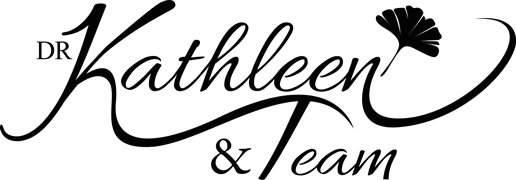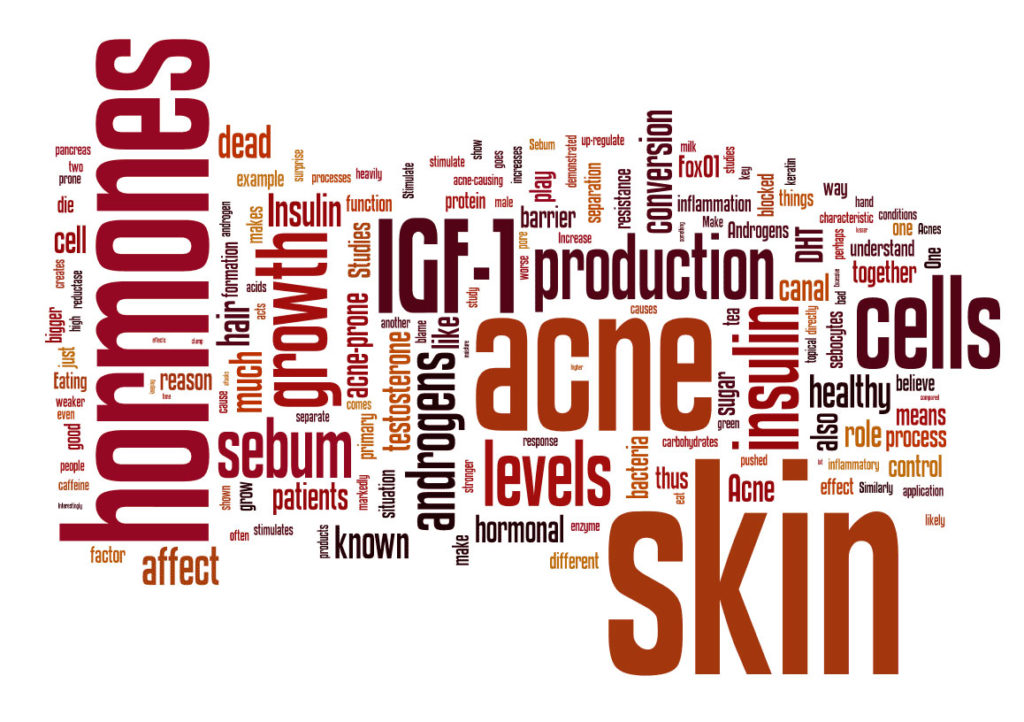Welcome to Dr. Kathleen & Team Functional Health Practice! Today, we are thrilled to share groundbreaking insights on a natural remedy that is not only time-tested but backed by scientific research—garlic. This aromatic herb, renowned for its culinary uses, has emerged as a potent ally in the fight against Campylobacter food-borne illness. In this blog, we’ll explore the promising benefits of garlic supplementation, supported by scientific evidence, highlighting its effectiveness, surpassing that of some common antibiotics 100 times over.
Campylobacter Infection: A Growing Concern
Campylobacter is one of the leading causes of foodborne illness worldwide, causing symptoms such as diarrhoea, abdominal pain, fever, and vomiting. Traditionally, antibiotics have been the go-to treatment for Campylobacter infections. However, the rise of antibiotic resistance and the potential side effects associated with these medications have raised concerns about their long-term sustainability as a treatment option.
Garlic’s Natural Healing Power
Naturopathic practitioners have long recognised the healing potential of garlic and have been using it in supplementation form to address a range of health issues. What’s particularly exciting is that scientific research, such as the study featured in the ScienceDaily article[1], has confirmed the remarkable efficacy of garlic against Campylobacter infections.
Key Findings from the Study
The study highlighted in the ScienceDaily article demonstrates that garlic is significantly more effective than common antibiotics in combatting Campylobacter infections. This finding is a testament to the potent antimicrobial properties of garlic, which can help reduce the severity and duration of symptoms associated with Campylobacter food poisoning.
Garlic’s Mechanism of Action
Garlic contains bioactive compounds, such as allicin, which possess powerful antibacterial properties. These compounds target and disrupt the cell membranes of harmful bacteria, including Campylobacter, effectively inhibiting their growth and spread.
Why Garlic Supplementation Matters
While garlic is a staple in many cuisines, the concentration of its active compounds may not always be sufficient to combat severe infections. Garlic supplementation, on the other hand, offers a convenient and consistent way to harness its full therapeutic potential. By incorporating garlic supplements into your wellness regimen, you can proactively support your body’s defences against Campylobacter and other harmful pathogens.
A Holistic Approach to Wellness
At Dr. Kathleen & Team Functional Health Practice, we are committed to providing you with holistic and evidence-based approaches to health and wellness. Garlic supplementation represents a natural, safe, and effective option for addressing Campylobacter infections. Its potential to outperform antibiotics underscores the value of incorporating natural remedies into your healthcare routine.
Consultation and Guidance
Before embarking on any supplementation regimen, it’s essential to consult with our experienced team of practitioners. We will assess your specific needs, health history, and dietary preferences to tailor a garlic supplementation plan that aligns with your unique circumstances.
The promising benefits of garlic supplementation in addressing food-borne ailments represent a significant advancement in natural health solutions. As we continue exploring innovative healthcare approaches, Dr. Kathleen & Team Functional Health Practice remains dedicated to offering you the latest insights and solutions.
If you or a loved one has experienced mild to moderate foodborne illness or wants to incorporate garlic supplementation into your wellness plan, we encourage you to schedule a consultation with our team. Together, we can harness the natural healing power of garlic to promote your well-being and provide you with effective, sustainable, and evidence-based solutions for your health journey.
[1] https://www.sciencedaily.com/releases/2012/05/120501134203.htm, accessed 15/11/2023



